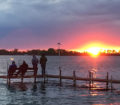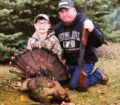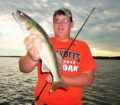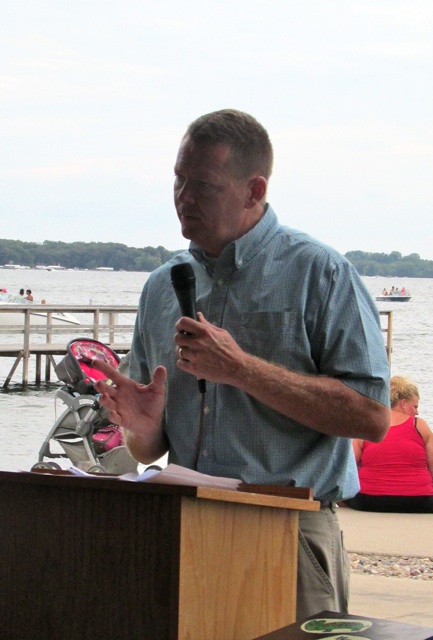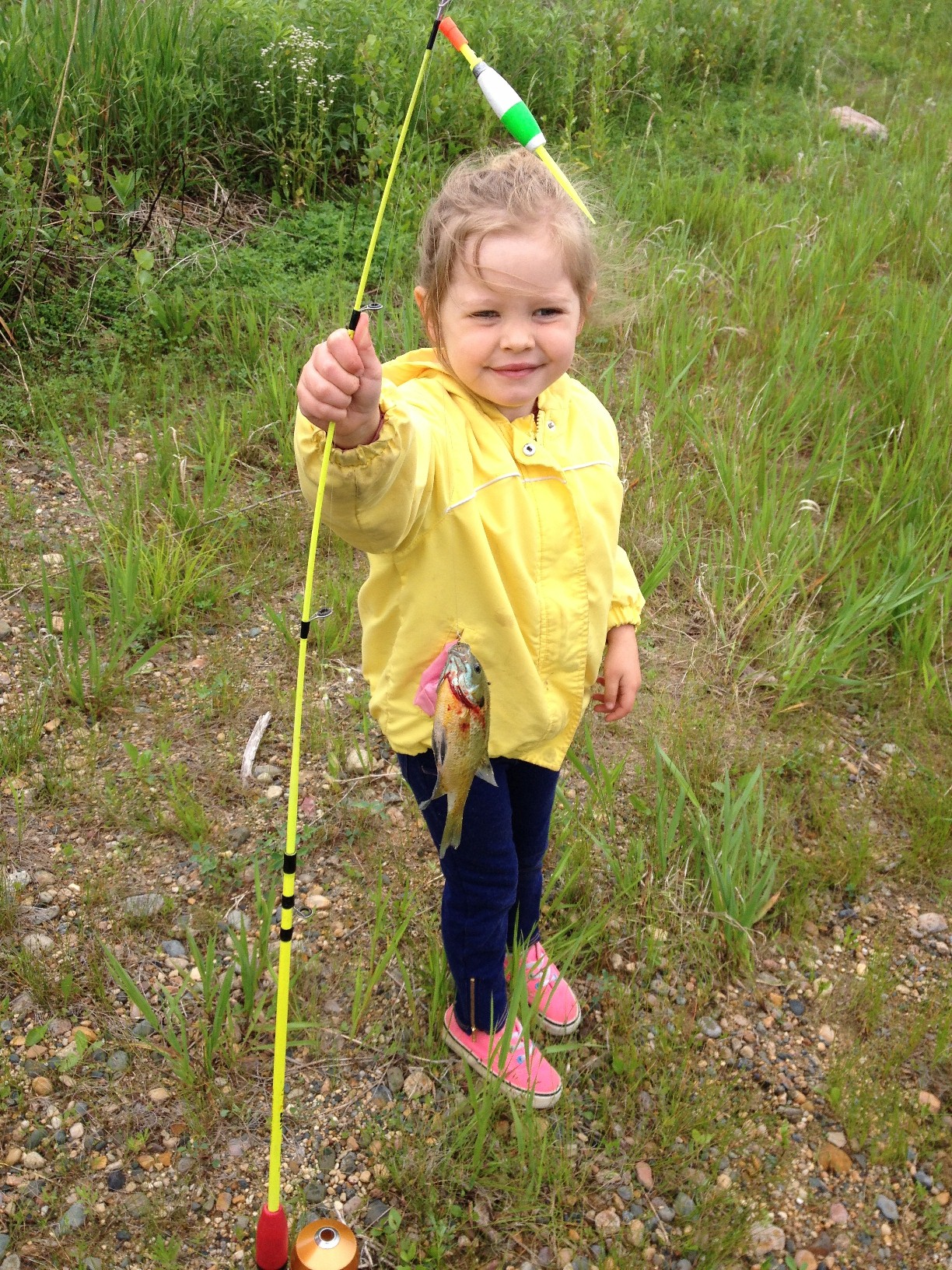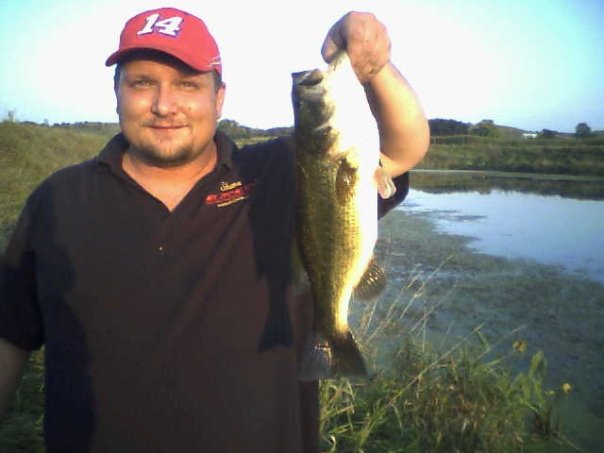By Darial Weisman
Spring arrives, and we get so excited to not only continue feeding our year-round feathered friends, but to also welcome our summer feathered friends back. While our feeding and watering stations are extremely important, the habitat that surrounds these stations is extremely critical. This is the time of year that we have the opportunity to plant plantings that will make it a mecca for both birds and homeowners.
The good news is we can begin this on a small scale and add to the area as time goes by, so you can design and plant an eye pleasing and bird pleasing habitat. Plus, you don’t have to have a huge backyard. You can do with and enhance what you have. Although there are many choices, one of the popular trends is to go with native plants and flowers.
Native plantings help the wildlife that utilize our backyards by protecting the biodiversity of the area, while at the same time offering valuable habitat for a variety of birds, butterflies and bees. Thus, we have a beautiful landscape that also saves both time and money because these plantings are perennials and will be around for years. There are lots of places to go to get expert advice, such as garden centers, local conservation boards/naturalists and the NRCS. Here where we live in Dickinson County, the Dickinson County Conservation Board has employees such as Bryanna Kuhlman, Environmental Education Coordinator, who can be of great help for us.
Before choosing your plants, look at the area and determine the type of soils and how much sunlight the plants will have. In other words, is the area sunny, partly shady or totally shady? That will help you determine what plants will thrive best in your garden area.
One of the songbirds that will quickly be drawn to some of these native plantings will be the hummingbird. They, along with butterflies and bees, are known for their pollinator abilities and will be attracted to a pollinator garden area. Here are seven selected native flower options that are garden-friendly and offer a season’s worth of bloom time from April-October.
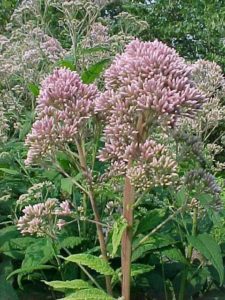
Joe Pye Weed – This tall woodland plant offers clusters of pink and purple flowers from July to September. In addition to pollinators, seed-eating birds such as goldfinches, chickadees, juncos and mourning doves are attracted. Birds also use the fluff for building nests.
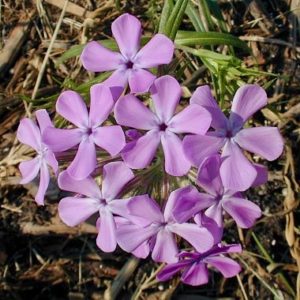
Prairie Phlox – This plant offers beautiful purple flowers that bloom in April-May. It grows 6-24” tall, grows well in full sun and can tolerate a range of soils.
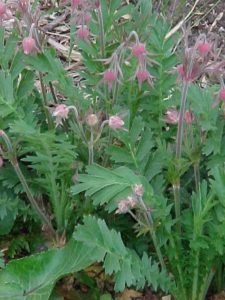
Prairie Smoke – This plant blooms from late April-early June. A shorter flower, at 4-12,” it is known for its pink, feathery seed heads.
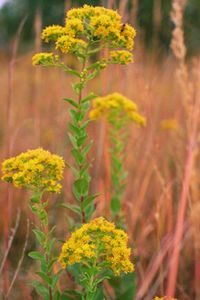
Stiff Goldenrod – This plant blooms July-September and grows 30-60” so it is good at the back of a garden. Unlike a lot of goldenrods, Stiff Goldenrod does not spread. These plants offer a range of colors and range from short to tall.
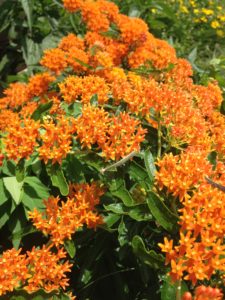
Butterfly Milkweed – This plant is the perfect host plant for the monarch butterfly. It blooms from mid-June through August with bright orange flowers and grows 12-36.”
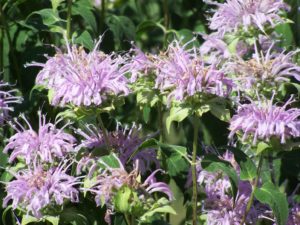
Wild Bergamot – An excellent forage plant for bumblebees and an array of butterflies. It blooms July-August.
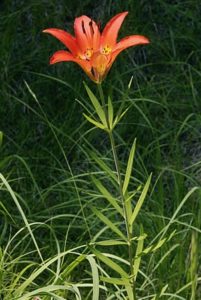
Wood Lilies – This plant produces brilliant orange/red flowers from April through May that attract pollinators. Its red berries attract robins, cedar waxwings, orioles, woodpeckers, chickadees, cardinals, jays, doves and finches.

